We have identified 2 approaches for robots in education.
• The robot as an educational subject
To start with, from early secondary classes, from 11-16 years of age, children learn basic robotic concept and structure by creating different types of robots. Throughout Design units from Year 6 to 10, they are now offered robots that follow their progress. There are also a number of competitions at different levels using robots they have built.
• Robots as learning support tools
In this second role, robots help to support educational activities, some professionals claim that, in an educational context, robots are certainly relevant and effective beyond science, technology, engineering and mathematics teaching. “An introduction to robotics contributes to the fight against school failure. Robots enable project-based teaching, and change the learning environment by making it more flexible and less stigmatising. This teaching of robotics, and more broadly of IT, has become essential in a society where digital technology is at once so present in our lives and so little understood. Indeed, technology separates humans into two categories; those who use it, knowing the benefits as well as the pitfalls, and who capture the essential foundations of computational thinking. We develop Interdisciplinary units with Individual Societies subject (Humanities subject) to understand the benefits for using robots, and Design units from Year 7 to 10 for training computational thinking for problem solving skill.
As a visitor you can view up to two presentations per month after that you will be required to subscribe to 21st Century Learning Conference
January 2021
Job Role Applicability:
Presentation



